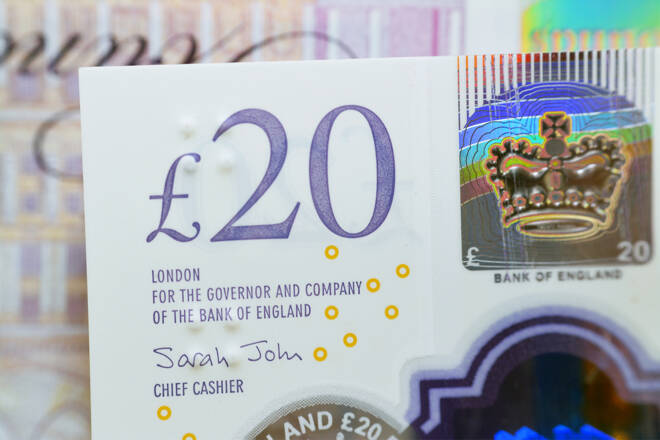Advertisement
Advertisement
GBP to USD Forecasts: A Return to sub-$1.20 in the Hands of the BoE
By:
It is a quiet day ahead on the economic calendar. However, the Bank of England Governor and team will influence the GBP to USD early in the UK session.
It is a quiet day ahead for the GBP/USD. There are no UK economic indicators to draw interest. Through the early part of the day, the lack of stats will leave the GBP/USD in the hands of market risk sentiment.
While there are no stats for the markets to consider, the Bank of England will be in the spotlight early in the UK session.
Bank of England Governor Andrew Bailey, Chief Economist Huw Pill, and Monetary Policy Committee Members Silvana Tenreyro and Jonathan Haskel will attend the Treasury Select Committee hearing on the February Monetary Policy Report (0945 BST).
We expect GBP/USD sensitivity to the hearing, with Governor Bailey and the team likely to face tough questions on policy goals and the effect of recent policy moves on consumers and the economy.
GBP/USD Price Action
At the time of writing, the GBP was flat at $1.20698. A mixed start to the day saw the GBP/USD rise to an early high of $1.20710 before easing back.
Technical Indicators
The Pound needs to move through the $1.2070 pivot to target the First Major Resistance Level (R1) at $1.2109 and the Wednesday high of $1.21096. A return to $1.21 would signal an extended breakout session. However, the Pound would need a hawkish MPC member chatter to support a breakout session.
In the event of an extended rally, the GBP to USD would likely test the Second Major Resistance Level (R2) at $1.2149. The Third Major Resistance Level sits at $1.2229.
Failure to move through the pivot would leave the First Major Support Level (S1) at $1.2030 in play. However, barring a risk-off-fueled sell-off, the GBP/USD should avoid sub-$1.1950. The second Major Support Level (S2) at $1.1990 should limit the downside.
The Third Major Support Level (S3) sits at $1.1911.
Looking at the EMAs and the 4-hourly chart, the EMAs send a bearish signal. The GBP/USD sits below the 50-day EMA, currently at $1.21663. After Tuesday’s bearish cross, the 50-day EMA pulled back from the 200-day EMA, with the 100-day EMA narrowing on the 200-day EMA, delivering bearish signals.
A move through R1 ($1.2109) would give the bulls a run at R2 ($1.2149) and the 50-day EMA ($1.21663). However, a further pullback of the 50-day EMA from the 200-day EMA would support a fall through S1 ($1.2030). A fall through S1 would bring sub-$1.20 and S2 ($1.1990) into view.
The US Session
It is a quiet day on the US economic calendar. US jobless claims will be in the spotlight early in the US session. Following the hotter-than-expected US Jobs Report, a further decline in initial jobless claims would question Fed Chair Powell’s policy stance.
About the Author
Bob Masonauthor
With over 28 years of experience in the financial industry, Bob has worked with various global rating agencies and multinational banks. Currently he is covering currencies, commodities, alternative asset classes and global equities, focusing mostly on European and Asian markets.
Advertisement
